Freezing corn on the cob is an easy way to preserve your corn harvest. Here’s some ideas for you on easy methods to freeze your corn.
freezing corn on the cob can be done several different ways. Corn can be frozen for 6-12 months when stored properly. This is an easy way to keep corn on the cob ready to eat all year long. Uncooked corn on the cob only lasts 3 days in the refrigerator. Freezing corn on the cob is a cheap and easy way to keep your corn harvest longer.
In this post we have a few tips and tricks to make your frozen corn on the cob journey successful!
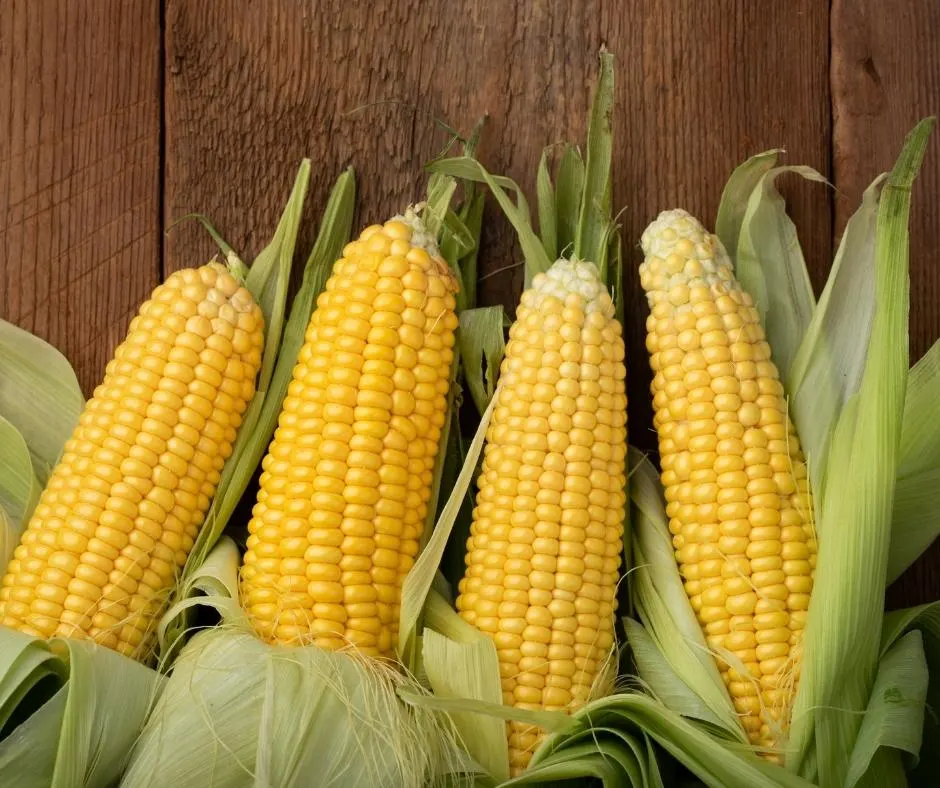
Can you Freeze Corn on the Cob?
Corn on the cob can be easily frozen. There are a few different methods used to freeze corn on the cob. The most popular method includes blanching the corn first. Blanching helps preserve the taste, texture, and color of the corn. Freezing corn on the cob in the husk is another option. This method requires cutting the ends and tassels off of the cob. Freeze the rest of the corn still in the husk in the freezer.
What is the best way to put corn on the cob in the freezer?
The method for storing corn on the cob in the freezer depends on the storage space needed. Corn on the cob is large and takes quite a bit of freezer space to store. Corn on the cob can be frozen and stored flat in gallon zip lock freezer bags. Another option is using an airtight container and stacking frozen corn on top of each other.
If you are really short on freezer space, consider cutting the kernels off the corn on the cob. You can blanch the corn on the cob and slice off the kernels before freezing. This is the best way to freeze and preserve corn without sacrificing freezer space.
Can I freeze Corn on the Cob without Blanching?
Corn on the cob can be frozen without blanching. This method is not recommended for long term freezer storage The blanching process stops the enzyme process that breaks down flavor, texture, and colors in vegetables. If you skip the blanching process, you might end up sacrificing some taste. Always blanch vegetables before freezing to ensure the freshest taste and texture.
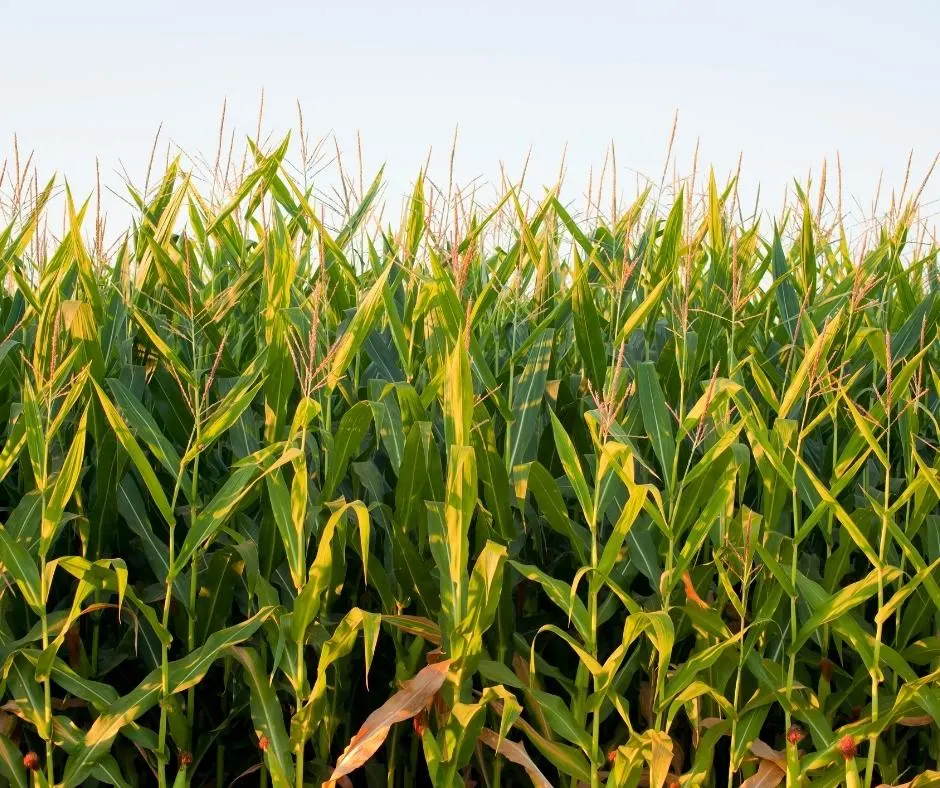
Can you Vacuum seal Corn on the Cob?
Corn on the cob can be vacuum sealed before freezing. This method is great for long term freezer storage. Properly vacuum sealed corn on the cob can be frozen for 12 months. Vacuum sealing the corn on the cob helps prevent freezer burn caused by excess air flow. Blanch the corn before vacuum sealing to preserve the fresh taste and texture of corn on the cob.
Corn on the Cob facts:
- One stalk of corn produces between two and four ears of corn
- Corn on the cob sells for around $3.50 per bushel
- Corn is Vitamin C rich and provides lots of antioxidants
- There are 800 kernels in each ear of corn
- Corn is a type of wild grass
- A bushel of corn can sweeten 400 cans of Coca Cola
- Corn is America’s largest field crop
- An ear of corn has 155 calories
- Each ear of corn always has an even number of kernel rows
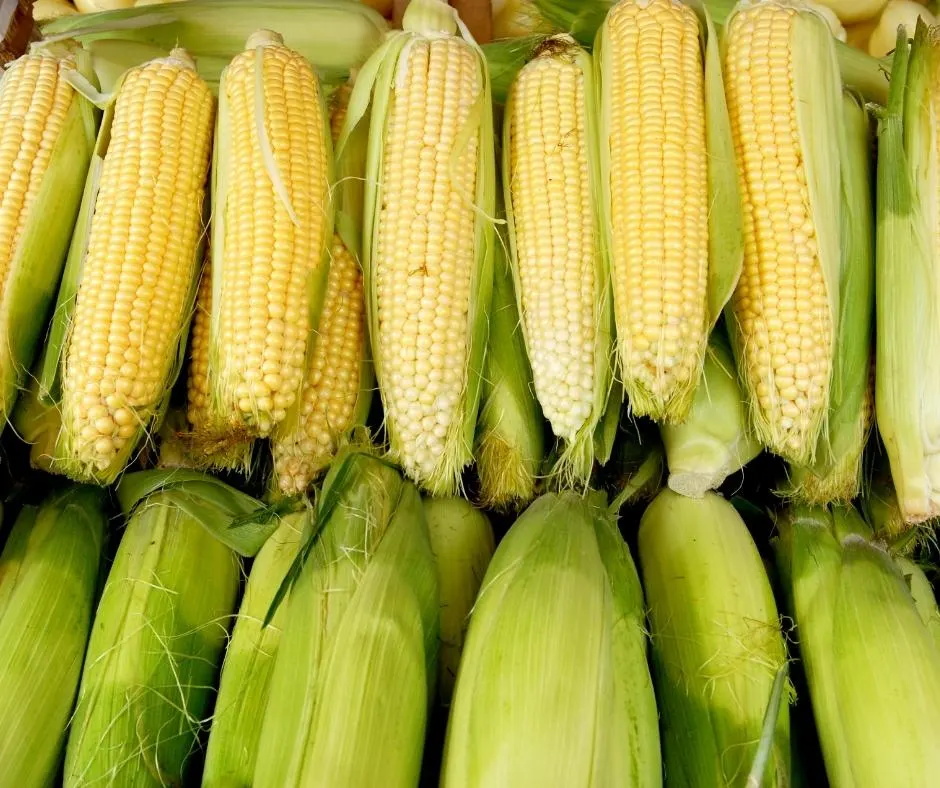
What is the best freezing method for Corn?
Choosing a method for freezing corn:
There are several different ways to put corn in the freezer. They are ALL easier than canning. But the results also differ. I’ve listed the methods below and given instructions. I suggest you read all the methods and decide which meets your needs best. They all have value.
Consider these points before you pick a freezing method:
- Freezing on the cob takes WAY more space than cut corn.
- Blanch your corn on the cob for long term storage (More than a month) to protect the flavor of your corn.
- Your particular results with frozen corn may be due to your climate and growing conditions and even the variety, maturity and freshness of the corn you are freezing. The method itself (if properly followed) should produce reliable results.
Pro tip for all the freezing methods
I freeze Food in my ziplock bags this way:
- Seal the bags by first filling them (leave some headroom for sealing).
- After the bags are filled close the seal ALMOST full.
- Extract the remaining air by inserting a straw into the bag through the hole and suck out the air left in the bag with your fingers on the seal.
- Once the air is all out remove the straw while quickly completing the seal.
- The bag should looked sucked in around the food.
If you have one, a vacuum sealer is another way to ensure there is no air left in your freezer bag to cause freezer burn. Unfortunately, once you break the seal on a vacuum sealed bag it cannot be re-sealed without dragging out the vacuum sealer again.
Freezing corn on the cob in the husks
The garden web discusses freezing corn on the cob in the husk with NO blanching. You will find Lots of great kitchen experience in that thread.
You can’t get any easier than this.
- Pick your corn in the husks.
- Cut off the stem end of the corn.
- Remove the tassel and outer husk layer.
- Lay the corn with remaining husks directly into gallon zip lock freezer bags.
- Seal the bags and freeze
- Extract only the number of ears needed at a time and reseal the bag (as noted above) to refreeze the unused ears.
This method works great and requires no tinfoil around the cobs. Without blanching and leaving Kernels on the cob the flavor may be cobby and the cob itself can go spongy in long term freezing. Consider this method most reliable for short term freezing (2 months or less) and don’t expect to eat the cobs and get garden fresh results.
Some people do get great results from this method but Our corn was cobby and somewhat mushy. You can use the corn on the cob or cut the kernels off for soups (like Corn n Sausage chowder), Grilled Chicken Corn and black bean Salad and other recipes.
FREEZING AND BLANCHING HUSKED CORN ON THE COB:
Freezing and blanching corn on the cob without the husks. This requires an extra step. You can omit the blanching step for short term freezing.
What is Blanching?
Blanching is the process of boiling the corn for several minutes to kill the enzymes in it that eventually degrade the flavor and quality of the corn in long term freezer storage. A properly blanched corn; correctly sealed in a vacuum sealer or ziplock bag, as I am today, should last 6 months to a year in a chest freezer.
Why Blanch Corn?
Eating un-blanched frozen corn is perfectly safe. The value of blanching is in preserving the best taste possible for your winter dining experience. If you know you will be eating your corn within two months of freezing, you don’t need to blanch. The flavor will still be good!
The University of Illinois Extension service has a good guide on blanching times for all the different methods of freezing corn (and ideas for making and freezing creamed corn which I need to try).
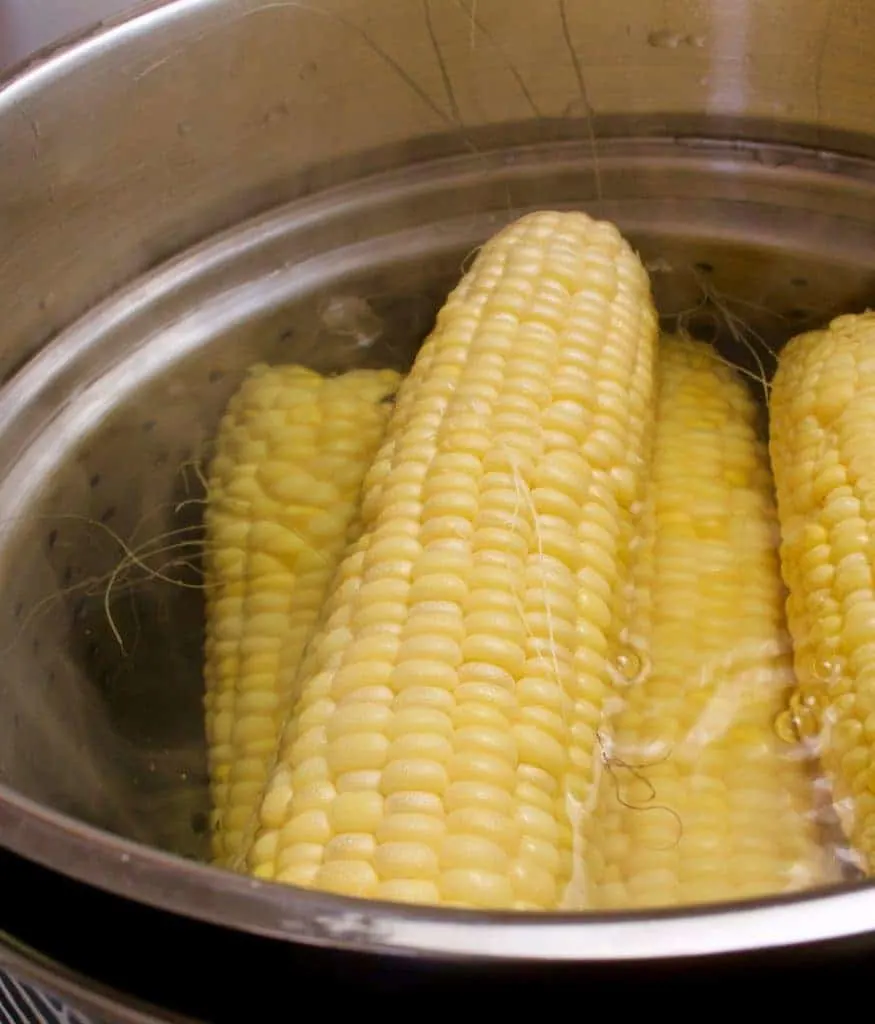
What you’ll need for freezing corn:
- a box of gallon size freezer bags, (or a vacuum sealer if you have the set up)
- An indelible ink marker
- A huge pot or water bath canner
- long handled tongs
- Tinfoil
- garbage bags, or a box for all the husks
- ice cubes and lots of water
The method:
- Pick perfectly ripe ears that are not yet drying out and getting tough or unripe with underdeveloped kernels. Your ears should look like the ones I have pictured below. Full and round.
- Husk the ears. this is the messy part. You will need a large garbage can or bag. or do it outside and throw it
over the fence to the neighbors field,in the compost bin straight away; although it will take a very long time to decompose! - Some people prefer to cut the cobs in half. If you want small cobs cut them now.
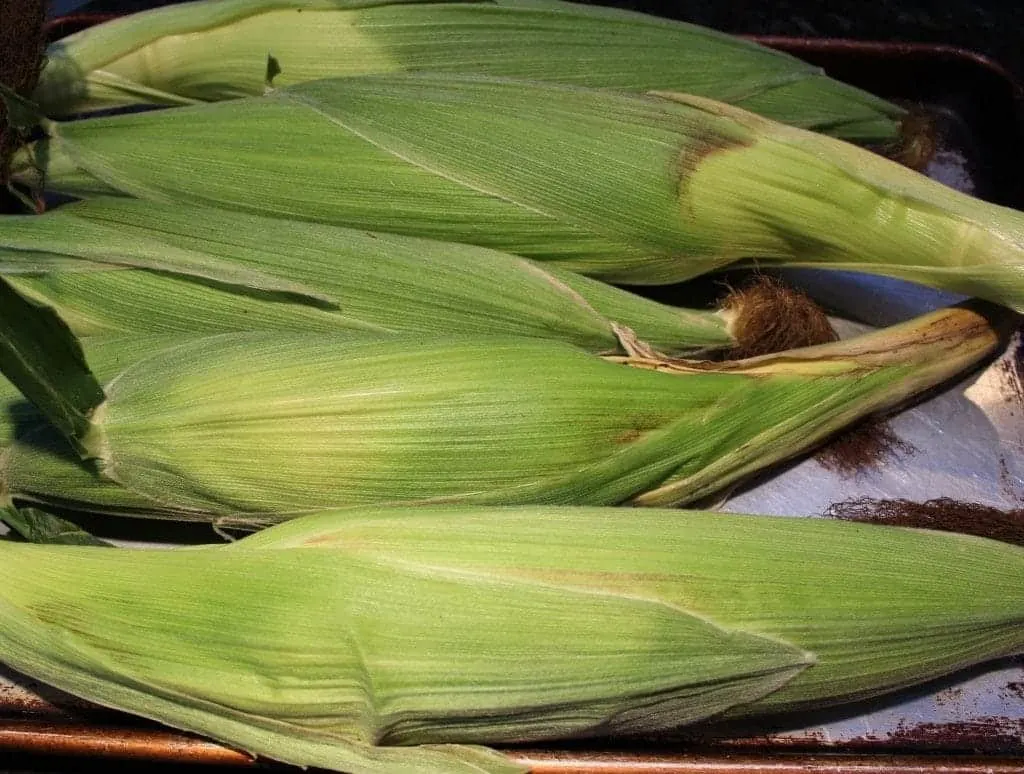
- Heat a large pot or a water bath canner full of water to boiling.
- Meanwhile, Fill a sink full of cold water. Add Ice to keep it cold.
- Drop your ears of husked corn into the boiling water and let them cook only until they turn a bright yellow turning as necessary until they are evenly blanched. This will take about 7 minutes a batch. But stay close to your pot. You do not want to actually cook the corn.
- Remove the corn from the boiling water and immerse immediately in the cold water to stop the blanching process. While the corn is in the water set out a towel and cut several sheets of tinfoil big enough to wrap the corn ears individually.
- One at a time, remove each ear from the ice cold water, dry the ear quickly in the towel and wrap it in the tinfoil to prevent freezer burn. Repeat until all the ears are in foil.
- Put the ears, into gallon size freezer bags, four ears to each bag. Label each bag,(especially the date!) and freeze until you want to eat it later in the year.
To use the frozen corn:
- Remove the frozen corn cobs from the freezer.
- Thaw them, remove from the tinfoil, and then heat them in the microwave for three or four minutes. OR put the frozen ears in a pot of boiling water and cook until warm enough for the table.
- They are cooked enough already so you are just warming to whatever temperature you like to eat them at:)
Freezing Corn Off the Husk:
Finally the most labor intensive, messy method of freezing corn. But possibly the most practical if you’re short on freezer space.
- Cut the kernels off the cob ( Electric knives work well for this).
- Blanch the corn kernels 4 minutes for best flavor retention (or not for short term freezing)
- Load the kernels, into quart size ziplock freezer bags or vacuum seal
- label and stack the bags into your freezer.
To use thaw the bag and cook the kernels as needed.
Enjoy your corn. Let me know in the comment section how you like to freeze your corn! If you use a method here, let me know what your results are. I love new ideas and suggestions. Thank you and happy freezing!
Read More on freezing corn methods here.
Follow Us:
We enjoy meeting you on our social networks. Follow us on Facebook, Pinterest, Instagram . Tag us with your pictures of our recipes and comment on how it went for you. We would love to see what you do with them.
We often like, comment and share your posts of our recipes on our daily Instagram stories.
Ask questions and rate the recipe in the comments section below. Please share what you did with this recipe. We are always looking for more and better ways to make homemade food. Other cooks love your ideas!
Recent Posts:
- Best Pumpkin Cookes with Cheesecake Filling
- Creamy and Cheesy Lasagna Soup
- Easy Smoky Sausage & Creamy Marinara Pasta
- Best Baked Apple Cider Donuts
- Best Large Batch Bloody Mary Mix Recipe for Brunch Parties
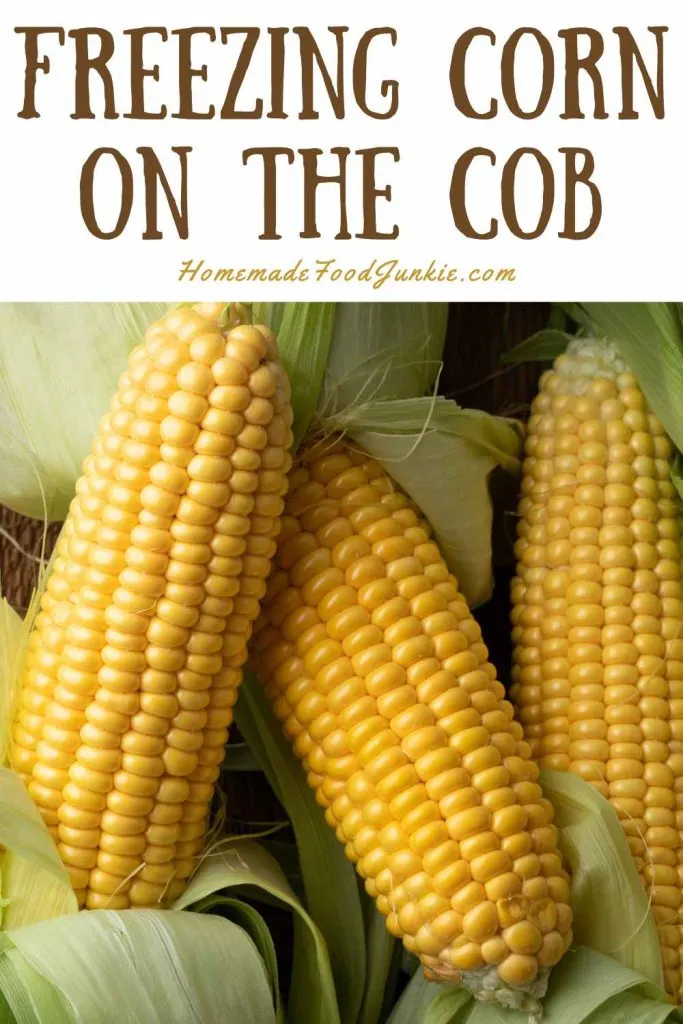

Best 16 can you freeze corn – ethanadvisors.com
Saturday 2nd of July 2022
[…] Quote from the source: … […]
Best 9 how to vacuum seal corn on the cob - bryanadvisors.com
Wednesday 22nd of June 2022
[…] Quote from the source: … […]
Best 14 can you vacuum seal corn on the cob - bryanadvisors.com
Tuesday 21st of June 2022
[…] Quote from the source: … […]
A Magical Life
Wednesday 8th of August 2018
We've always frozen our corn off the cob but this year I wanted to try on the cob so we could enjoy some corn on the cob later in the year. Your garden looks so big and wonderful! We can't grow that big of a garden with the size of our yard so we plant other things in our gardens and buy our corn by the case from a local farm family ($7 for a huge box of 50-60 ears!). We always call in the summer and ask them to put aside some boxes of the only non-GMO corn they plant. All the rest of what they grow is GMO. We have a large family so we go through a lot. :)
Diane
Wednesday 8th of August 2018
Corn is a luxury to grow for sure. We do enjoy growing our own since we have the space and love fresh corn on the cob so much. I hope you enjoy the methods of freezing I have outlined in this post. Thanks for joining our conversation on freezing corn. Have a great day!
Susan Camasta
Friday 6th of July 2018
I'm sure you mean aluminum foil Tin foil was replaced by aluminum foil around World War II. :)